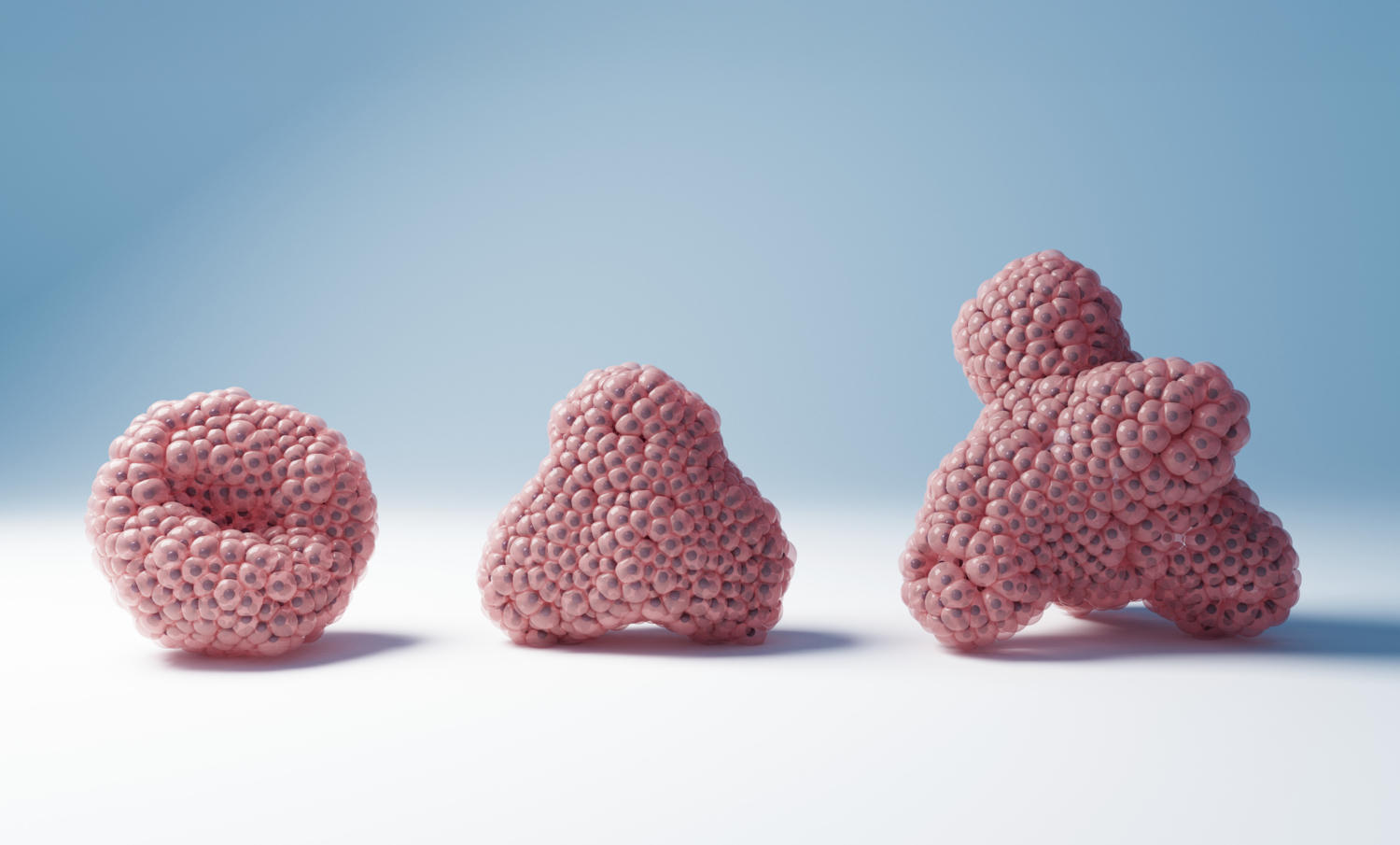
How Mini-organs Can Replace Animal Testing
Researchers are getting better at growing miniature organs and embryos in test tubes or on chips. This creates new opportunities for answering research questions while reducing the need for animal testing in some cases.
Text: Anders Nilsson, first published in Medicinsk Vetenskap nr 2, 2025
The ability to cultivate cells in the laboratory has been significant for medical research and has led to several Nobel Prizes. Early attempts to sustain cells outside the body were made in the late 1800s, but the major revolution in this field came in 1951, when it became possible to sustain a human cell culture indefinitely. This discovery of the first so-called immortal cell line provided researchers with new opportunities to study and experiment on human biology. These cells were quickly involved in the development of the first polio vaccines in the 1950s and have since been used for everything from cancer research to virus mapping and testing new drugs.
Today, cell cultures are a standard tool in medical research, but they have their limitations. A plastic dish is not very similar to the cell’s natural environment in the body, and growing in a thin layer on a culture plate is not like how cells organise themselves in tissues. This means that cultured cells lose certain natural functions and are not suitable for exploring all types of research questions.
To take advantage of the benefits of cell culture in more contexts, researchers have developed more advanced ways to cultivate living cells outside the body in recent years. The techniques vary, but a common feature is that the cultures have a more complex structure in three dimensions to better mimic natural tissue.
https://news.ki.se/how-mini-organs-can-replace-animal-testing

